Leisha DeHart-Davis - Creating Effective Rules in Public Sector Organizations
Here you can read online Leisha DeHart-Davis - Creating Effective Rules in Public Sector Organizations full text of the book (entire story) in english for free. Download pdf and epub, get meaning, cover and reviews about this ebook. City: Washington, D.C., year: 2017, publisher: Georgetown University Press, genre: Science. Description of the work, (preface) as well as reviews are available. Best literature library LitArk.com created for fans of good reading and offers a wide selection of genres:
Romance novel
Science fiction
Adventure
Detective
Science
History
Home and family
Prose
Art
Politics
Computer
Non-fiction
Religion
Business
Children
Humor
Choose a favorite category and find really read worthwhile books. Enjoy immersion in the world of imagination, feel the emotions of the characters or learn something new for yourself, make an fascinating discovery.
- Book:Creating Effective Rules in Public Sector Organizations
- Author:
- Publisher:Georgetown University Press
- Genre:
- Year:2017
- City:Washington, D.C.
- Rating:3 / 5
- Favourites:Add to favourites
- Your mark:
Creating Effective Rules in Public Sector Organizations: summary, description and annotation
We offer to read an annotation, description, summary or preface (depends on what the author of the book "Creating Effective Rules in Public Sector Organizations" wrote himself). If you haven't found the necessary information about the book — write in the comments, we will try to find it.
Drawing on a decade of original research and interdisciplinary scholarship, Leisha DeHart-Davis builds a framework of three perspectives on rules: the organizational perspective, which sees rules as a tool for achieving managerial goals and organizational functions; the individual perspective, which examines how rule design and implementation affect employees; and the behavioral perspective, which explores human responses to the intersection of the first two perspectives. The book then considers the effectiveness of rules, applying these perspectives to a case study of employee grievance policies in North Carolina local government. Finally, the book concludes by outlining five attributes of effective rules green tape to guide future rule creation in public organizations. It applies green tape principles to the Five-Second Rule, a crowd control policy Missouri police implemented in the wake of protests following the Michael Brown shooting. Government managers and scholars of public administration will benefit from DeHart-Daviss investigation and guidance.
Leisha DeHart-Davis: author's other books
Who wrote Creating Effective Rules in Public Sector Organizations? Find out the surname, the name of the author of the book and a list of all author's works by series.

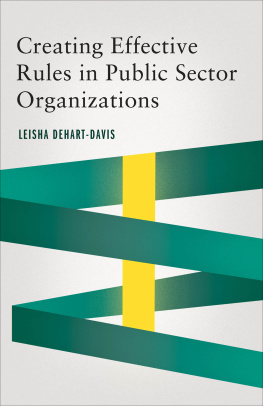
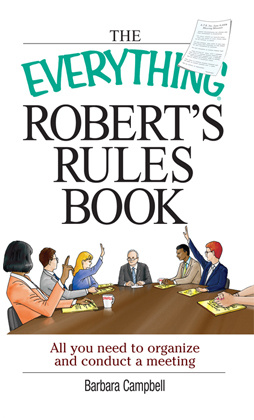

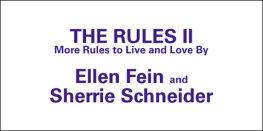
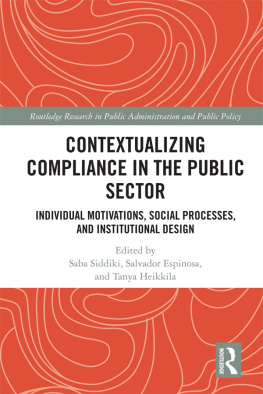

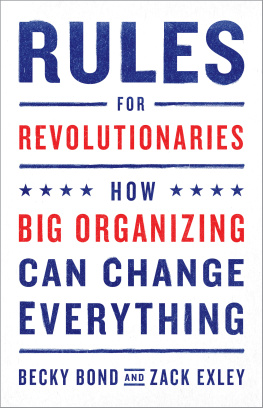


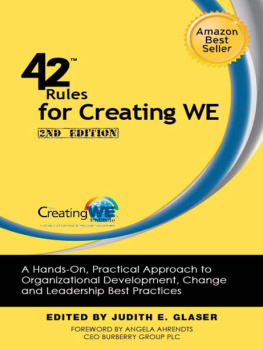

 This book is printed on acid-free paper meeting the requirements of the American National Standard for Permanence in Paper for Printed Library Materials.
This book is printed on acid-free paper meeting the requirements of the American National Standard for Permanence in Paper for Printed Library Materials.